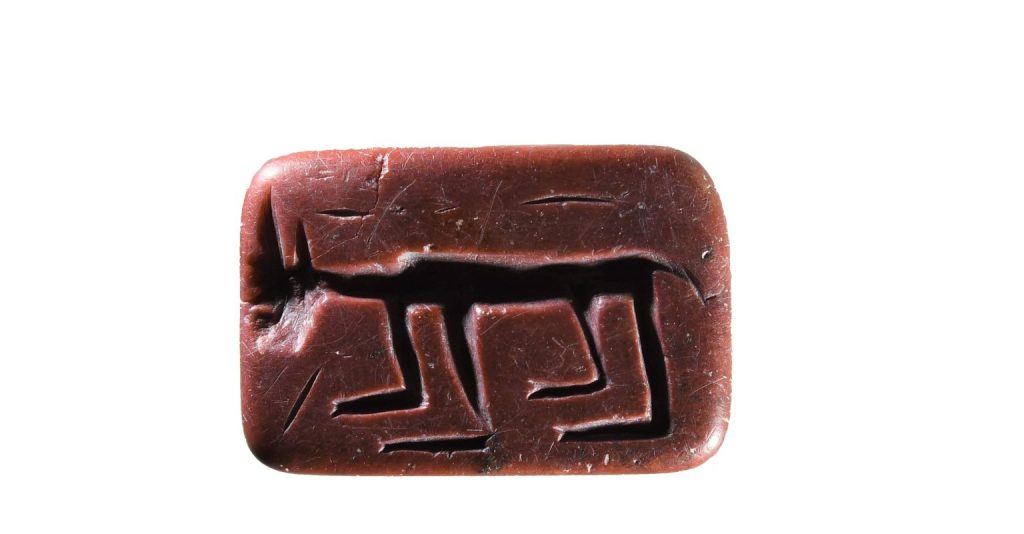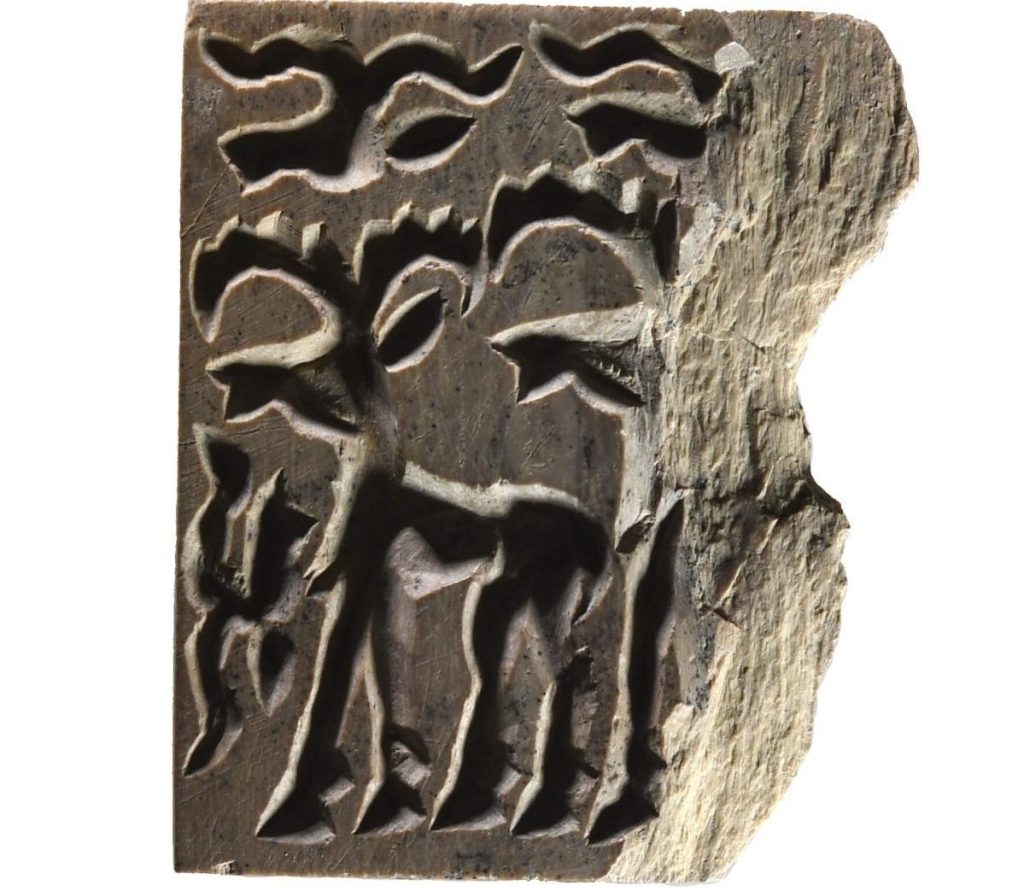
7,000-year-old seals with animal figures found at Arslantepe, one of the largest mounds in Türkiye
7,000-year-old seals with animal figures were found in Arslantepe, one of the largest mounds in Türkiye, which was inhabited from 6000 BC until the 11th century AD.
Arslantepe Mound is located in the town of Orduzu, 7 kilometers northeast of Malatya, near the western bank of the Euphrates River (Karakaya Dam Lake).
The discoveries made at Arslantepe Mound in layers dating back to 3000 BC provide the first indications of how humanity evolved into a sophisticated social structure and established a state before the invention of written documents. Arslantepe was an administrative and commercial center, as evidenced by the palace structure and the numerous seals discovered there, dating to 3300-3000 BC. Arslantepe, whose earliest settlement dates back to the Chalcolithic Age, is also home to the world’s first known swords.

According to Hittite cuneiform tablets, the city was then known as Malitiya. Arslantepe is thought to be the first city-state in Anatolia.
Arslantepe was inscribed on the UNESCO World Heritage List in 2021.
Italian Professor Francesca Balossi Restelli, head of the excavation team, said the seals could date back even further.
Restelli told Anadolu Agency that they compared the styles of seals from other regions to determine the date from their motifs.
“Looking at the style, I think the date of these seals would be older, 5,000 BC,” Restelli said.

Noting that animal figures were engraved on the seals, Yılmaz said they were the oldest seals ever found at Arslantepe.
“There are definitely older ones because there are layers 10 meters (32 feet) below the top. I am sure we will find older seals as we descend,” he added.
More than 2,000 stamp seals have been found at the mound to date. According to archaeological evidence, the site has been occupied since at least the sixth millennium BC and continued into the late Roman period.
Cover Photo: AA
You may also like
- A 1700-year-old statue of Pan unearthed during the excavations at Polyeuktos in İstanbul
- The granary was found in the ancient city of Sebaste, founded by the first Roman emperor Augustus
- Donalar Kale Kapı Rock Tomb or Donalar Rock Tomb
- Theater emerges as works continue in ancient city of Perinthos
- Urartian King Argishti’s bronze shield revealed the name of an unknown country
- The religious center of Lycia, the ancient city of Letoon
- Who were the Luwians?
- A new study brings a fresh perspective on the Anatolian origin of the Indo-European languages
- Perhaps the oldest thermal treatment center in the world, which has been in continuous use for 2000 years -Basilica Therma Roman Bath or King’s Daughter-
- The largest synagogue of the ancient world, located in the ancient city of Sardis, is being restored











Leave a Reply